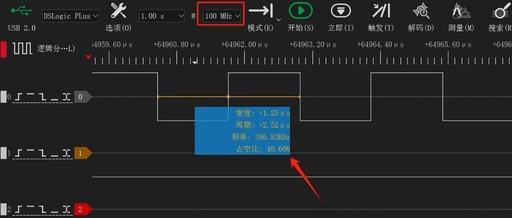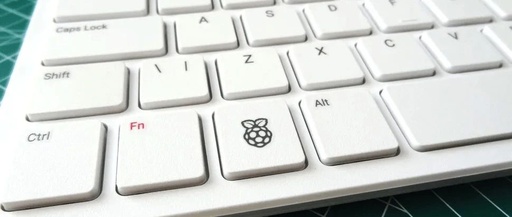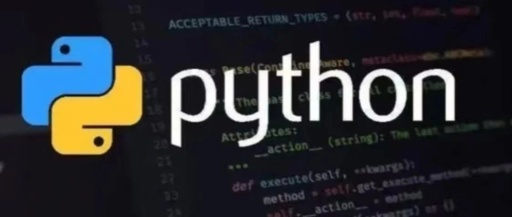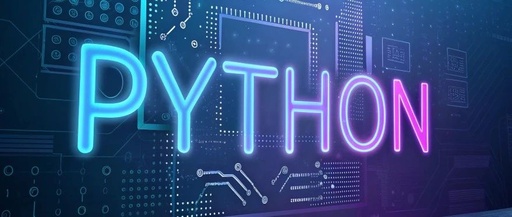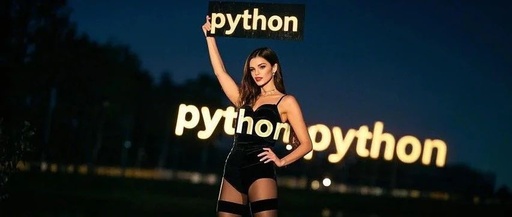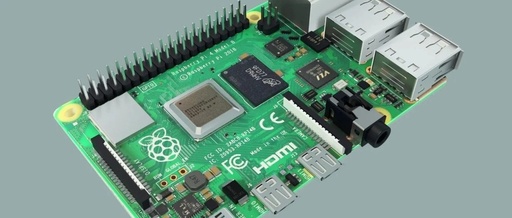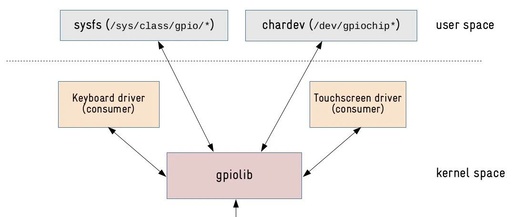Differences Between Normal GPIO and High-Speed GPIO on MCU
Follow+Star Public Account, don’t miss exciting content Source | PiZi Heng Embedded Today, I will introduce the differences between normal GPIO and high-speed GPIO on i.MXRT. GPIO can be said to be the simplest and most commonly used peripheral module on MCU. When some native functional peripheral interface modules cannot meet the project design requirements, … Read more
